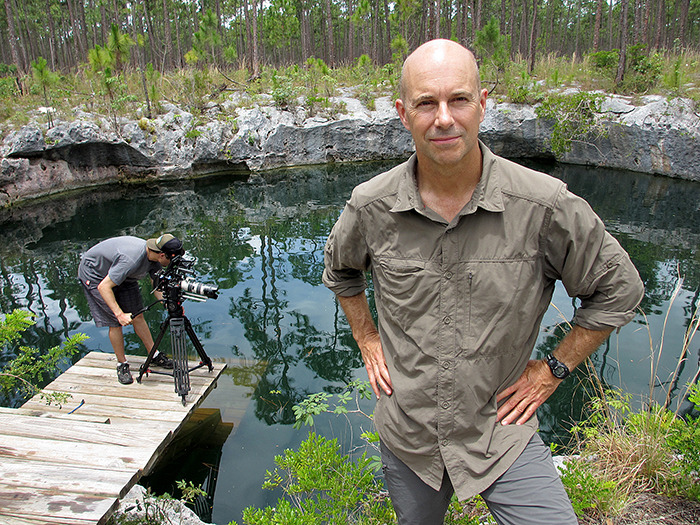Industriousness, adaptability, and innovation are vital when it comes to the world of filmmaking – especially when you’re shooting one of the first event-based 3D documentaries ever produced for an international audience.
Before we filmed Blowdown 3D, our stereographer, Sean White, faced a huge challenge: engineer a 3D rig that could capture the variety of shots we needed and stand up to run-and-gun filmmaking on an industrial demolition site.
We decided on a beam-spitter rig because a side-by-side rig wouldn’t have allowed us to shoot the close-ups we wanted.
But there was a problem: the Film Factory Indie beam splitter rig we had purchased would have been a beast to lug around a condemned sports stadium in Salvador, Brazil.
Necessity is the mother of invention after all … if we were going to make this journey into the third dimension work, it was clear that we’d have to come up with our own rigging system.
First step: tear open our Indie Film Factory beam splitter, get to know its insides, and build it stronger.
It was a process of experimentation, ordering parts, making adjustments and modifications.
Customize, customize, customize.
Finally, we created a design that worked and hired a machinist to solder the pieces together.
The result: an aluminum box with a window for a horizontal camera and an underslung design shooting up at a mirror.
We call it the mini beam splitter rig.
Besides being close-up capable, this custom design also makes for less problems with reflection and helps protect the mirror and camera lenses from the rain, dust, etc. sometimes encountered in the field.
Above all else is its portability, which is paramount when you’re filming an event-based documentary.
All this at a fraction of what manufacturers are asking for this kind of optimized technology.
–Ian Herring, President

